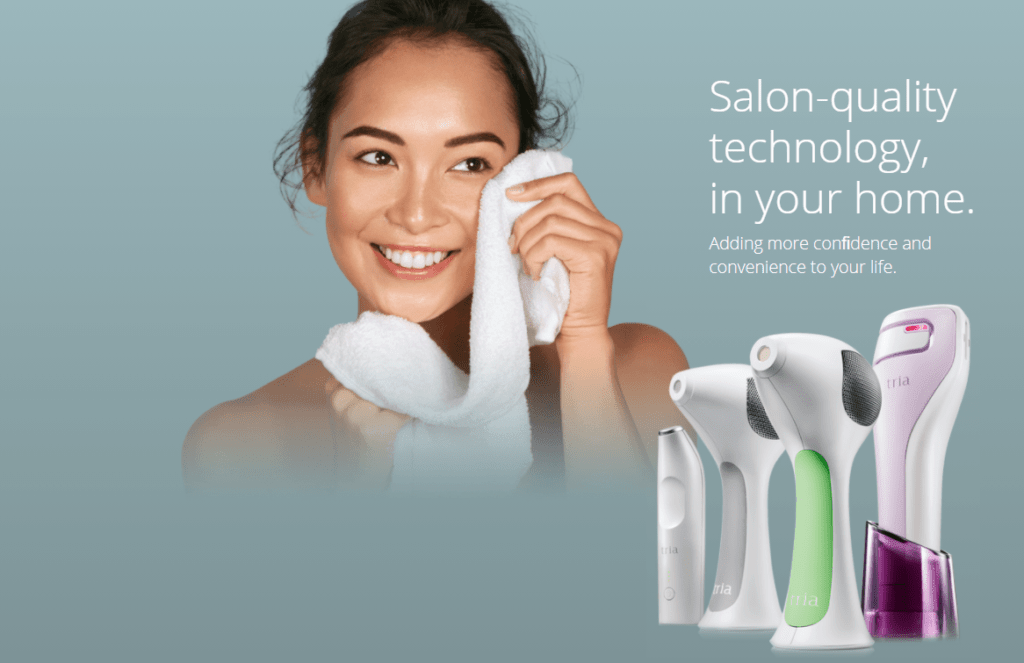Trends in Home-Use Beauty Devices
After years of hiding behind masks, the fervor for #selfcare and glowing skin has
beauty companies elbowing to meet consumer demand. While much of the hype
around these devices is fueled by influencer campaigns belega beauty, claims can sometimes be
misleading or exaggerated. However, the popularity of these gadgets shows that
there is a need for more options to help achieve skin goals, especially during the
COVID-19 lockdown when professional treatments weren’t available.

The most popular category of beauty device—hair removal—accounted for 25% of
sales in 2022, driven by the growing popularity of hair removal techniques, as well
as the increasing appearance consciousness among consumers. These devices help
remove unwanted hair from the face, arms, legs, and other parts of the body, and
promise to deliver visibly smoother, healthier-looking skin.
Another highly profitable category is the at-home skincare device, with facial, hand
and nail, and body treatment devices leading the way. The market is growing due to
rising disposable income and increasing appearance consciousness.
Pore vacuums, which use a suction-like action to clear out pores and improve skin
texture by extracting impurities, have become an industry favorite. Designed to be
used at home https://beautyfoomall.com/products/belega-cellcure-4t-plus, the pore cleansing device promises to rid the complexion of
blackheads and whiteheads and enhance the absorption of products in the area. It’s
a great option for those who can’t afford to go to the spa regularly but still want to
keep their complexion looking fresh and radiant.

Microcurrent facial devices have become increasingly popular, a form of cosmetic
contouring that uses electrical current to stimulate facial muscles for a tighter and
more lifted appearance. Originally developed as a treatment for Bell’s Palsy, the
technology is now used as a non-invasive alternative to dermal fillers and surgical
lifting. While it can help lift sagging skin, the AAD cautions that at-home
microcurrent devices won’t provide the same results as a professional treatment
and may cause temporary redness, especially for those with melasma.
LED light therapy is leveraged by dozens of at-home devices, offering to rejuvenate
and brighten skin, erase fine lines and wrinkles, reduce redness, fight inflammation
and boost circulation. While it isn’t proven to be an effective anti-aging treatment,
the technology helps to promote collagen and elastin production. According to
Zeichner, the best at-home LED light devices are those that emit a combination of
blue and red light. The blue light has antimicrobial properties, lowering levels of
bacteria that lead to acne, while the red light soothes overactive oil glands, which
can trigger breakouts.
The most popular beauty devices are sold by established brands and cost anywhere
from $300 to $500. Some devices, like the Newa and Foreo models of the popular
Swedish brand NuFACE, require a separate purchase of an activator gel. Before
investing in an at-home beauty device, it’s important to talk to a pro about your
skincare goals and determine whether these gadgets are right for you. They should
also be avoided in areas with facial fillers or Botox, and those with an active skin
condition or any type of vascular disease.
